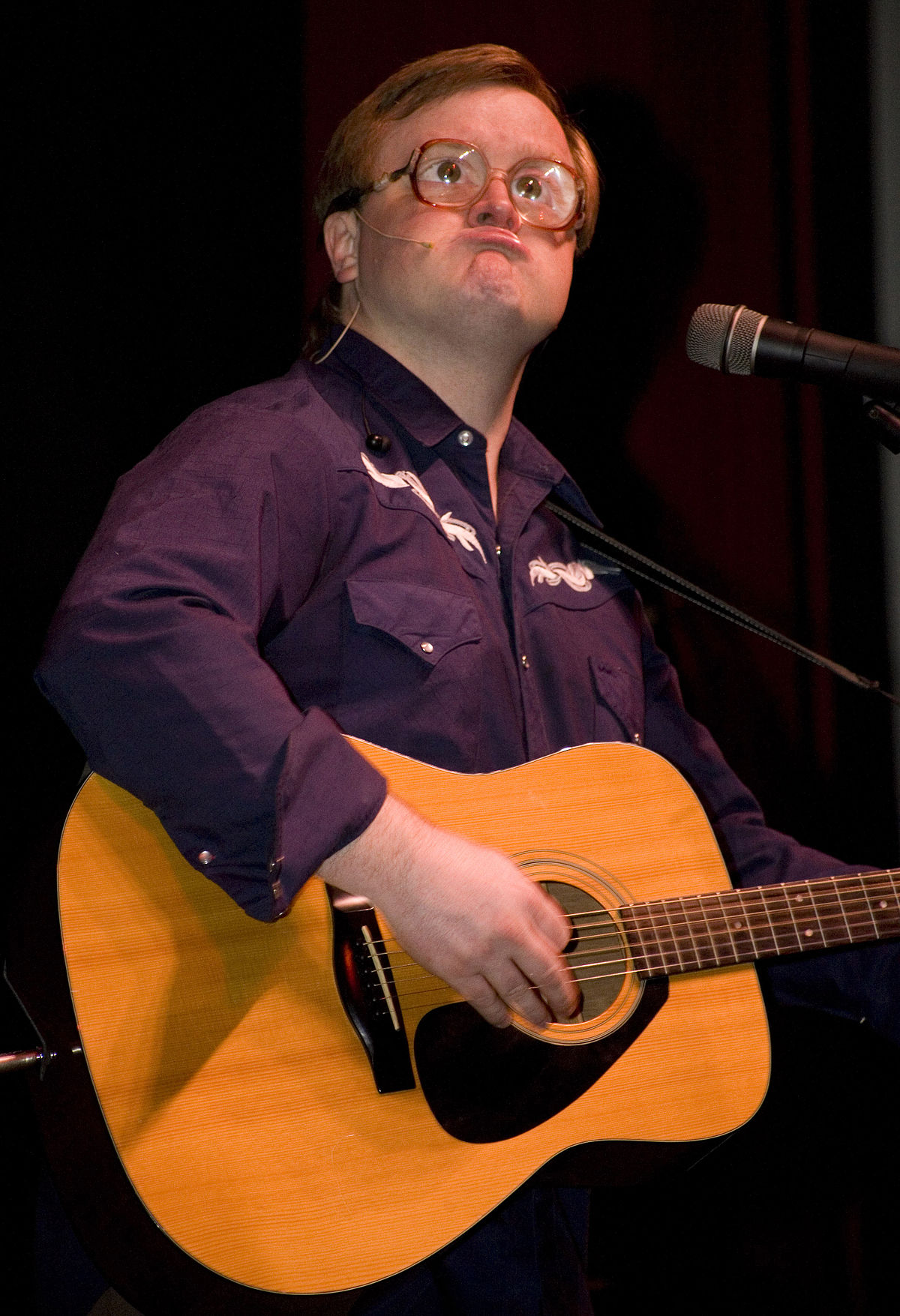GLG
Well-Known Member
That's some serious bucks...
Vancouver, British Columbia – Pacific salmon have social and cultural significance for many Canadians and they are economically vital to many local communities. These iconic species are experiencing drastic population declines due to a combination of climate, habitat and harvesting pressures. Bold, transformative action is needed now to stabilize, protect and rebuild West Coast salmon stocks for the ecosystems and communities that depend on them, before it is too late.
Today, the Minister of Fisheries, Oceans and the Canadian Coast Guard, the Honourable Bernadette Jordan, announced the guiding principles of the federal government’s $647.1 million Pacific Salmon Strategy Initiative (PSSI) announced in Budget 2021, and a full commitment to work in partnership with local organizations and groups in its development and delivery. The strategy will represent the largest-ever Government investment in efforts to save Pacific salmon, and aims to stop the declines now while helping rebuild populations over the longer term.
The PSSI is a comprehensive initiative that will build on and support the years of work and wisdom that grassroots organizations, Indigenous communities, scientists and others have already put into efforts to protect and recover Pacific salmon. In the coming months, DFO will invite key partners to the table to identify and prioritize actions to support healthy salmon – a necessary, holistic approach that has not been undertaken before.
The plan will guide investments and action in four key areas: conservation and stewardship, enhanced hatchery production, harvest transformation, and integrated management and collaboration.
The four pillars of the PSSI are designed to support a strategic and coordinated long term response, rooted in collaborative action. They represent stronger science and habitat restoration, stabilizing and growing the salmon populations, sustainable and reliable fisheries, and deeper communication and coordination between partners.
New policies, programs, and actions under each pillar of the strategy will move ahead in collaboration with the wide range of Indigenous partners, harvesters, recreational fishers, stakeholders, and communities who depend on Pacific salmon, and who have the knowledge to contribute to Canada’s effort to sustain and rebuild Pacific salmon stocks.
Press Secretary
Office of the Minister of Fisheries, Oceans and the Canadian Coast Guard
343-550-9594
Jane.Deeks@dfo-mpo.gc.ca
Media Relations
Fisheries and Oceans Canada
613-990-7537
Media.xncr@dfo-mpo.gc.ca
https://www.canada.ca/en/fisheries-...sformative-effort-to-save-pacific-salmon.html
Canada launches transformative effort to save Pacific salmon
News release
June 8, 2021Vancouver, British Columbia – Pacific salmon have social and cultural significance for many Canadians and they are economically vital to many local communities. These iconic species are experiencing drastic population declines due to a combination of climate, habitat and harvesting pressures. Bold, transformative action is needed now to stabilize, protect and rebuild West Coast salmon stocks for the ecosystems and communities that depend on them, before it is too late.
Today, the Minister of Fisheries, Oceans and the Canadian Coast Guard, the Honourable Bernadette Jordan, announced the guiding principles of the federal government’s $647.1 million Pacific Salmon Strategy Initiative (PSSI) announced in Budget 2021, and a full commitment to work in partnership with local organizations and groups in its development and delivery. The strategy will represent the largest-ever Government investment in efforts to save Pacific salmon, and aims to stop the declines now while helping rebuild populations over the longer term.
The PSSI is a comprehensive initiative that will build on and support the years of work and wisdom that grassroots organizations, Indigenous communities, scientists and others have already put into efforts to protect and recover Pacific salmon. In the coming months, DFO will invite key partners to the table to identify and prioritize actions to support healthy salmon – a necessary, holistic approach that has not been undertaken before.
The plan will guide investments and action in four key areas: conservation and stewardship, enhanced hatchery production, harvest transformation, and integrated management and collaboration.
The four pillars of the PSSI are designed to support a strategic and coordinated long term response, rooted in collaborative action. They represent stronger science and habitat restoration, stabilizing and growing the salmon populations, sustainable and reliable fisheries, and deeper communication and coordination between partners.
New policies, programs, and actions under each pillar of the strategy will move ahead in collaboration with the wide range of Indigenous partners, harvesters, recreational fishers, stakeholders, and communities who depend on Pacific salmon, and who have the knowledge to contribute to Canada’s effort to sustain and rebuild Pacific salmon stocks.
Quotes
“Many Pacific wild salmon are on the verge of collapse, and we need to take bold, ambitious action now if we are to reverse the trend and give them a fighting chance at survival. The issues they face are challenging, but today’s announcement marks the beginning of a new chapter where we will attack the problems together, and from all sides. We will be working closely with Indigenous communities, harvesters, recreational fishers, industry, environmental organizations, and Provincial and Territorial partners, to advance actions under each pillar, to stabilize the species, and to support a more modern, sustainable, and economically resilient sector. Together, we can save wild Pacific salmon, for the people, livelihoods, and lifeforms that depend on it.”
The Honourable Bernadette Jordan, Minister of Fisheries, Oceans and the Canadian Coast Guard
“As we make our way through this pandemic, it’s clear to me that there is nothing Canadians cannot achieve by working together. The fight to save our West Coast’s iconic Pacific salmon is another battle we must not lose. Between Fisheries and Oceans Canada’s long-term comprehensive strategy to curb the decline of Pacific salmon, my Department’s commitment to address climate change, and the support for this initiative of the countless Canadians whose lives are profoundly affected by this species, future generations will enjoy Pacific salmon.”
The Honourable Jonathan Wilkinson, Minister of Environment and Climate Change
“The causes of Pacific salmon declines are complex, but we know from experience that cooperation among the scientific and conservation communities at local, national and internationals levels is required in order to halt recent trends. As Parliamentary Secretary and as a proud British Columbian, I am committed to reversing these trends. This announcement aims to do exactly that.”
Terry Beech, Parliamentary Secretary to the Minister of Fisheries, Oceans and the Canadian Coast Guard
Quick facts
- In 2019, Fisheries and Oceans Canada’s (DFO) State of Pacific Salmon report outlined how salmon are responding to climate and habitat changes. The planet is warming, and the most recent five years have been the warmest on record. Warming oceans have created changes to the marine food web as well as warmer freshwater conditions, and more extreme rain and drought. These factors are contributing to current trends in salmon numbers.
- Many Pacific salmon stocks are declining to historic lows; 50 Pacific salmon populations are currently under consideration for potential listing under the Species at Risk Act, or pending assessment by the Committee on the Status of Endangered Wildlife in (COSEWIC).
- For example, Chinook populations in the Fraser River are in the midst of a steep decline, and are being highly impacted by low returns to their spawning grounds, reduced survival in both freshwater and marine lifecycle phases resulting in reduced reproduction success, habitat pressures and a changing climate. Most Fraser River Chinook have been classified as at risk by COSEWIC.
- After conservation, DFO has a legal obligation to provide priority access for First Nations food, social and ceremonial (FSC), treaty and rights based fisheries, but in recent years many have not been able to meet their harvest allocations because of low salmon returns.
- DFO has several initiatives currently under way to address declining Pacific salmon stocks: the Wild Salmon Policy 2018-2022 Implementation Plan, Coastal Restoration Fund, BC Salmon Restoration and Innovation Fund, Salmon Allocation Policy review, implementation funding for the renewed Pacific Salmon Treaty, and the Renewed Fisheries Act. The PSSI is expected to build upon these initiatives and transform the harvest sector for greater economic certainty, and support the many BC communities whose jobs and way of life rely on them.
Related products
Associated links
- Pacific Salmon Strategy Initiative
- State of Pacific Salmon Report
- Wild Salmon Policy
- British Columbia Salmon Restoration and Innovation Fund
Contacts
Jane DeeksPress Secretary
Office of the Minister of Fisheries, Oceans and the Canadian Coast Guard
343-550-9594
Jane.Deeks@dfo-mpo.gc.ca
Media Relations
Fisheries and Oceans Canada
613-990-7537
Media.xncr@dfo-mpo.gc.ca
https://www.canada.ca/en/fisheries-...sformative-effort-to-save-pacific-salmon.html





